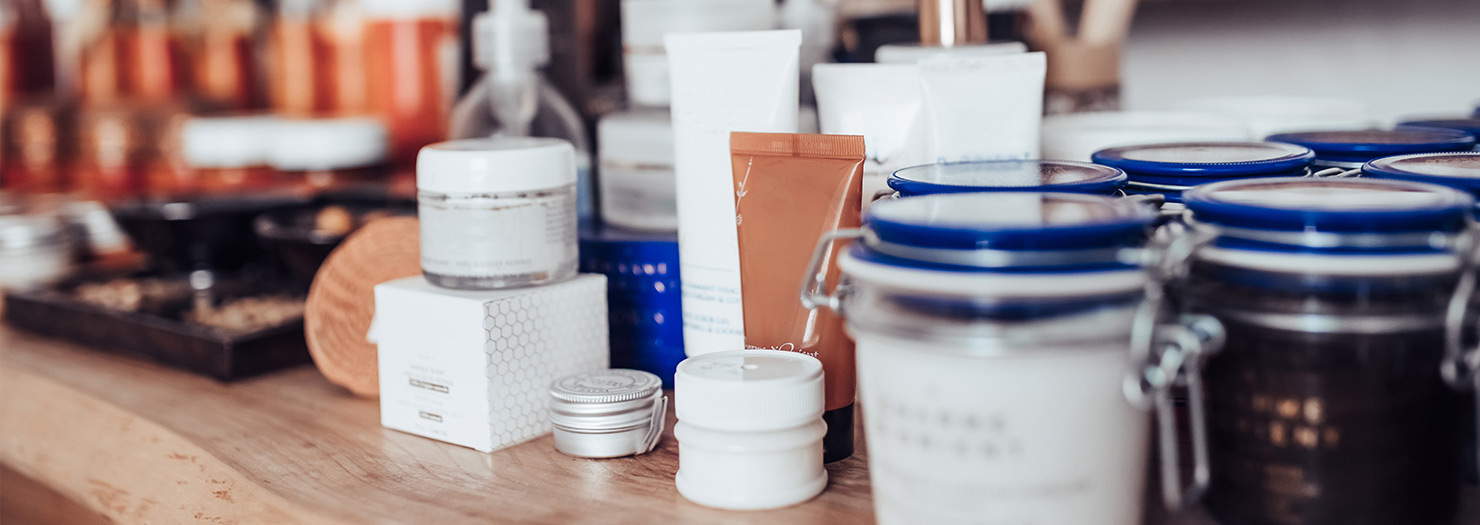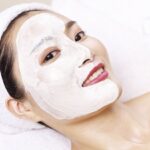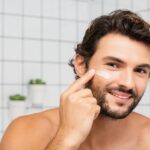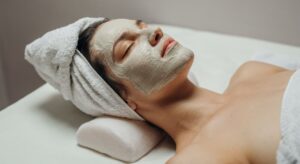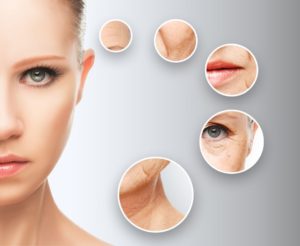If you are like most people, figuring out the right products for your skin, and the correct order to use them can be outright confusing. Depending on who you ask, you’ll get a wide assortment of opinions and different answers, most of which is probably not correct. If you use a variety of products and have been wondering in which order to apply them to get the best results, read on!
What products you use (and how you use them) in your skin care regimen matters. Layering them incorrectly, picking the wrong products and ingredients for your skin type, or using a combination of products that do not work in unison with one another could even render them ineffective or just irritate your skin. Not ideal.
Below, is a handy guide to the best order to apply your skin care products. Keep in mind this is only a guide, there are steps below that you can skip depending on your exact skin type.
Let’s get started.
STEP 1: CLEANSER
Before you start applying any heavy cleansing creams it’s important to ensure you first remove your makeup and prep your face. For the ingredients in your creams to absorb properly you need clean skin that’s totally free of oil and dirt. Choose a cleansing oil which dissolves all your makeup without stripping your skin of its oil. Once you have removed all your makeup, follow it up with a gentle, creamy cleanser, which is especially good to use if you have acne-prone skin.
STEP 2: TONER
Toners essentially prime your face for ingredients to be better absorbed. When trying to choose from the hundreds available on the market, choose one with either BHA (beta hydroxy acid, like salicylic acid) or AHA (alpha hydroxy acid, like glycolic acid or lactic acid). A basic rule of thumb is if you’ve got got oily skin, stick with BHAs, dry skin, try AHAs. When applying, make sure it dries completely before the next step.
STEP 3: SERUMS & ACTIVES
Now that your skin is cleaned and prepped it’s time for one of the most important steps of your skin care routine, serums and actives. Think of serums as shots of extremely concentrated nutrients, hydrators, or antioxidants that will instantly start to improve your skin health as soon as you apply them. A serum is normally applied first, after of which you apply your actives. Actives are products that contain ie. salicylic acid and are intended to achieve a certain effect on your skin. Whether those are “brightening” products or “correctors” when combined with serums, work to improve your skin health.
STEP 4: EYE CREAMS
Eye creams are typically lighter than face moisturizers, so make it’s important to apply them first before adding any spot treatments and moisturizers. When using in the morning, try an eye cream that has a rollerball applicator since the cold steel ball can help reduce fluid retention—ie. under-eye bags. Choosing a formula that includes caffeine can also help temporarily constrict and tighten puffy under-eyes. Night eye creams can contain some sort of retinol to help with fine lines, but use it sparingly as your eye area is delicate and at risk of rashes and irritation, more on Retinol later.
STEP 5: SPOT TREATMENTS
Whether you are applying spot treatment to zits, scars, or dark spots, most treatments should be done at night because that’s when your body is working hardest to repair itself. When applying to zits, the trusted benzoyl peroxide and salicylic acid are commonly used—but not together, unless you want to irritate your skin. Benzoyl peroxide kills acne-causing bacteria (ie. use it for classic whiteheads), while salicylic acid dissolves oil and skin cells (ie. use it for little clogged pores).
Regardless of what you are using for spot treatments, make sure to apply before your moisturizer so it can really penetrate your skin.
STEP 6: MOISTURIZER
Everyone needs a high quality moisturizer. It doesn’t matter if you have dry skin or oily skin. A quality moisturizer is a critical step as it’s the only thing that’ll keep your skin barrier (the temperamental thing responsible for making your face look healthy). Additionally, a good moisturizer will not only infuse your skin with hydration, but help trap in all the products in the previous steps to make the ingredients even more effective.
In the morning its good to use a light, gentle hyaluronic-based moisturizer. This will keep your skin hydrated without feeling heavy or greasy. If possible, get one that has additional sunscreen (atleast SPF 30) in it, especially if you don’t plan on adding a sunscreen after. Ensure to let the moisturizer sink in for at least 5 minutes before applying your makeup. At night, your skin goes into repair mode, working extra hard to fix sun damage and boost regeneration, so your night time moisturizer should be different than your daytime moisturizer, and be filled with all the things your body naturally produces, like hyaluronic acid, lipids, and proteins.
STEP 7: RETINAL
Retinoids is a general term for all vitamin A derivatives, this includes retinol. Typically you want to use Retinal to speed up cellular turnover, which in turn causes your body to produce younger, smoother, less wrinkled looking skin over time. Retinoids trigger collagen production and cellular exfoliation, which means they’ll also smooth scars, fade dark spots, clear pores, and brighten skin.
Remember that retinoids take awhile to see their effects, from four to six months, of consistent use, so give them time. If you’re new to retinoids, also make sure to start slow and don’t use too much.
STEP 8: OILS
Face oils are occlusive, meaning they help to seal in all the creams, serums and other treatments you added in the previous steps. On their own, oils don’t really moisturize your skin, but when layered overtop of them it can help increase your skins health while leaving it soft and smooth. Just make sure to always apply your oils last, right before your final step, sunscreen.
STEP 9: SUNSCREEN
Now that you have applied all of your skin care products, the last step is applying a quality sunscreen. This should always be applied last as it’s just there to cover your skin and act as a final layer of protection against the outside world. The absolute bare minimum SPF you need on your face is SPF 30.
THE BOTTOM LINE
Your skin care routine might vary slightly from the steps and products mentioned above, so keep in mind this is general advice not meant to replace the recommendations from qualified dermatologists and experts such as the team at James Christian Cosmetics. We would love to sit down with you for a consultation, at which time we can recommend the best approach for your specific skin care needs.
Get in touch, contact us.
*Information in this article is not medical advice and may not be factually accurate. It is intended for entertainment purposes only. Consult with a physician before attempting any tips in this blog post and to get the most up to date factual data about any procedure or treatment.

